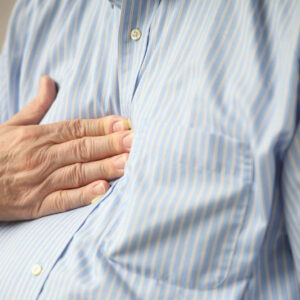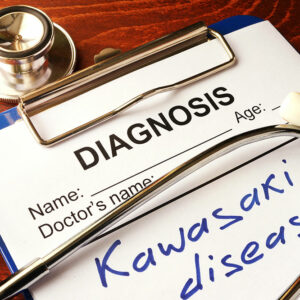
01
Heartburn – Symptoms, Diagnosis, and Treatment Options
Heartburn is a condition that results from a disturbed digestive system. In this condition, the acidic contents of your stomach end up going back up through the esophagus pipe as a result of reflux. This leads to an uncomfortable feeling that is characterized by a burning sensation in the chest, which is commonly known as heartburn. Heartburn – Main causes, signs, and symptoms The lower part of the esophagus, or the food pipe, opens up to release food into your stomach. The lower esophageal sphincter, which is the lower part of the food pipe may sometimes end up opening abnormally to release acidic contents back into the esophagus. It could be caused due to indigestion of certain foods or even due to the consumption of spicy foods. This results in the feeling of a strange, burning sensation in your chest, which can be characterized as one of the main heartburn signs. In other words, every time the lower esophageal sphincter gets too relaxed, the stomach juices go upwards, thereby causing this condition. As mentioned above, the occurrence of heartburn signs and symptoms can be attributed to the intake of certain kinds of drinks and foods. The intake of spicy foods, in particular, can lead to the onset of heartburn symptoms. It can also be triggered by consuming certain fatty and fried foods. The lower esophageal sphincter ends up weakening as a result of consuming large meals as well. Certain foods like the tomato sauce and ketchup may also cause certain signs and symptoms of heartburn to appear. Certain citric products can also be responsible for causing heartburn symptoms. Beverages that have high caffeine content and alcoholic drinks are also known to be a leading cause of heartburn symptoms. Even peppermint and chocolate can be responsible for triggering heartburn. Typical heartburn symptoms and signs There are certain heartburn symptoms and signs that are characterized by a burning sensation and pain in the chest usually when you lie down or after eating.
Read More 









